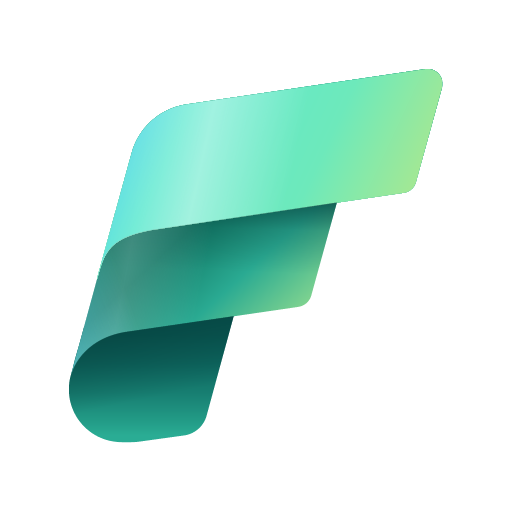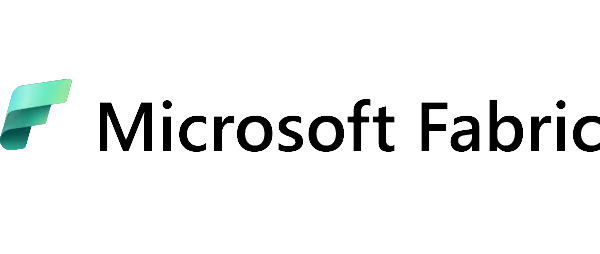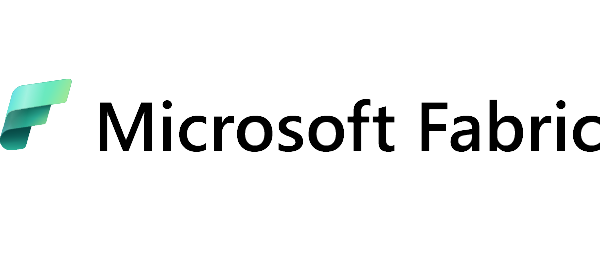
Digital transformation has made data one of the most valuable resources for organizations today. Companies that can effectively collect, analyze, and transform data into business knowledge gain a real competitive advantage. However, traditional approaches to data management—such as Data Lake and Data Warehouse—have their limitations. The answer to these challenges is the Data Lakehouse architecture, which combines the flexibility and scalability of data lakes with the performance and structure of data warehouses. In the Microsoft ecosystem, this concept is implemented by Microsoft Fabric, which offers a consistent and integrated analytics platform based on the modern OneLake model.
From Data Lake to Data Warehouse – two worlds of data
Before understanding the potential of Lakehouse, it is worth examining the two dominant data storage models to date.
A data lake is a solution designed to collect huge volumes of information in its raw form – both structured and unstructured data. Thanks to low storage costs and the absence of pre-processing requirements, data lakes are highly flexible; however, their disadvantage is a lack of consistency and difficulties in ensuring high data quality.
Data warehouses, on the other hand, are systems optimized for analytics – the data here is cleaned, organized, and ready for reporting. They are characterized by high SQL query performance and high data quality, but at the cost of less flexibility and higher maintenance and transformation costs.
In practice, many organizations have maintained both solutions in parallel for years, which has led to data duplication, additional costs, and the risk of inconsistency.
Data Lakehouse – combining two paradigms
The Data Lakehouse concept was created in response to the need to combine the advantages of both approaches.
It’s an integrated architecture that enables:
- storing data in its native format,
- processing and analytics using SQL, Python, or Spark,
- maintaining data consistency and versioning,
- integration with BI, ML and AI tools,
- elimination of costly ETL processes between the lake and the warehouse.
In the Lakehouse model, data is stored in a single repository that can be utilised by both analysts and data scientists, depending on their specific needs and tools. This is a consistent, flexible approach that significantly reduces the time from data acquisition to value extraction.
Microsoft Fabric and OneLake – the foundation of the modern Lakehouse
Microsoft Fabric is a groundbreaking end-to-end analytics platform that combines integration, data engineering, analytics, machine learning, and reporting capabilities in a single environment.
At its heart is OneLake—a central, logical data store based on Lakehouse architecture.
The most important features of OneLake are:
- One shared data layer – all Microsoft Fabric areas (Data Factory, Synapse, Power BI) use the same resources, without the need for duplication.
- Delta Lake as a write layer – data is stored in Delta format, which ensures transactionality (ACID), versioning, and parallel access.
- Integrated semantic models – direct connection to Power BI enables rapid building of analytical models and dashboards.
- Security and access management – MS Fabric automatically inherits Microsoft Purview policies, enabling row- and column-level data control.
- Flexible scaling – the Lakehouse environment automatically adjusts computing power to the load.
In practice, this means that organizations can create complete data flows—from collection to visualization—in a single, cohesive environment without the need for costly integrations.
How does Data Lakehouse work in Microsoft Fabric – step by step?
In a typical business scenario, Data Lakehouse in Microsoft Fabric includes several logical stages that form a complete data lifecycle—from acquisition to analytics and predictive modeling. Everything takes place within a single, consistent platform, eliminating the need to integrate multiple tools and significantly simplifying data management within the organization.
1. Data aggregation – feeding OneLake from various sources
The first step is to collect data from multiple dispersed sources. In practice, this means integrating with ERP systems (e.g., SAP), CRM systems (e.g., Dynamics 365, Salesforce), data from IoT devices, external APIs, Excel spreadsheets, and CSV files.
Microsoft Fabric uses Data Factory and Data Pipelines, which enable easy creation of data flows, definition of schedules, and automation of ETL/ELT processes.
Thanks to no-code/low-code connectors and the ability to use SQL or Python queries, the data team can quickly launch integrations without having to write lengthy code. In addition, OneLake supports direct shortcuts to data stored in other locations (e.g., Azure Data Lake Storage, Amazon S3), eliminating the need to copy files and reducing storage costs.
Result: All data, regardless of source and format, is stored in a shared OneLake repository, ready for further processing and analysis.
2. Transformation and processing – preparing data in Delta format
At this stage, data is cleaned, combined, and transformed into consistent analytical models. In Microsoft Fabric, this is handled by the Data Engineering layer, where you can use Apache Spark, Dataflows Gen2, or Notebooks that support Python, R, and SQL.
The data is converted to the Delta Lake format, which combines the flexibility of Parquet files with transactional capabilities (ACID). This ensures that every operation—from updates to record deletions—is safe and reproducible.
A key aspect of this stage is the automation of data quality. Microsoft Fabric enables you to define validations, cleaning rules, and monitor data lineage in real time.
Result: Data is ready for analysis – complete, clean, and compliant with business and regulatory requirements.
3. Modeling – creating a logical data layer for Power BI
Once the data has been prepared, the semantic modeling stage follows, which is crucial for analysts and business users.
In Fabric, you can create models based on the Data Model in Power BI, defining relationships between tables, measures (DAX), hierarchies, and analytical dimensions. This model bridges the gap between the world of raw data and reporting, providing a common business language for the entire organization.
Importantly, Fabric supports modeling directly in OneLake, so analysts can use the same data as engineers without duplicating it. Semantic models can be shared across teams, facilitating consistency in reports and key performance indicators (KPIs) throughout the company.
Effect: A single central data model is created, serving as a common reference point for reports, analyses, and forecasts.
4. Analysis and visualization – Power BI powered directly from Lakehouse
At this stage, data is made available to business users in the form of reports, dashboards, and interactive visualizations created in Power BI.
Thanks to native integration with Fabric, Power BI utilises data directly from OneLake (known as Direct Lake Mode), ensuring exceptional performance and eliminating the need to replicate data to a separate warehouse.
This model enables you to combine data from multiple sources in real time, create dynamic reports, and explore data using Copilot AI in Power BI, which can generate visualizations and conclusions in natural language.
Result: The organization gains access to up-to-date data and can make fact-based decisions—quickly, accurately, and in a visually appealing way.
5. Machine learning and AI – prediction and decision automation
The final stage of the Lakehouse cycle involves utilising data for advanced analytics and machine learning.
In Microsoft Fabric, you can create predictive models directly in the Spark notebook environment or integrate data with Azure Machine Learning and Copilot AI services.
Thanks to a single data repository, ML models have access to constantly updated, verified information. For example, you can predict demand, analyze credit risk, forecast machine failures, or create recommendation systems in e-commerce.
Microsoft Fabric also supports MLOps, which automates the model lifecycle—from training and testing to deployment and monitoring its effectiveness.
Effect: Data from Lakehouse serves as the basis not only for descriptive analyses but also for predictive ones, supporting informed business decisions.
This integrated flow—from raw data to insight—eliminates barriers between data teams and reduces the time to implementation of analytics projects by as much as 40–60%.
Instead of multiple disparate environments, Microsoft Fabric offers a unified Lakehouse architecture where data becomes the real engine of organizational growth.
Benefits of Data Lakehouse in Microsoft Fabric for Business
The implementation of Lakehouse architecture in Microsoft Fabric brings measurable benefits to both IT departments and the entire organization:
- Cost reduction – no data duplication and lower costs of maintaining separate environments.
- Faster time-to-insight – data is available to analysts in near real time.
- Better collaboration between teams – a common platform for analysts, data engineers, and AI specialists.
- Greater compliance and security – thanks to integration with the right tools.
- Scalability – the ability to handle data ranging from several GB to petabytes within a single environment.
According to IDC research, organizations that have implemented the Lakehouse approach have seen a 35% reduction in analytics project implementation time and a 25% reduction in operating costs compared to traditional data architectures.
Without a doubt, Data Lakehouse in Microsoft Fabric offers a completely new standard in data management and analysis. By combining the flexibility of a data lake with the performance of a data warehouse, organizations gain a single, consistent source of truth—scalable, secure, and ready for artificial intelligence. In an era where data is becoming the fuel for business, Microsoft Fabric provides organizations with a tool that not only facilitates data collection, but above all, allows them to transform it into business value faster.



